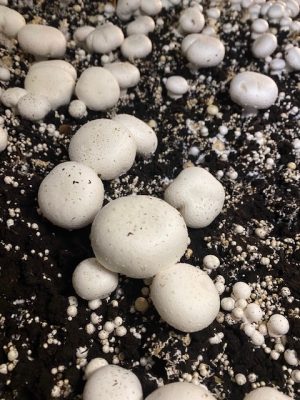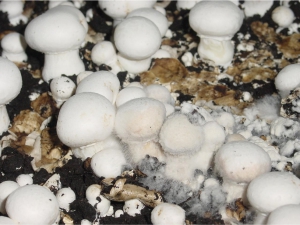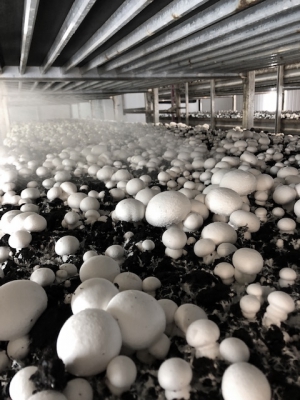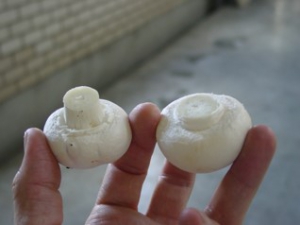
Blogs
Wet compost and wet casing, a tricky combination
Jan 11,
2022
It looks like we are not going to have any winter this season in Europe. On the contrary. It is very wet and humidity is…
Keep an eye on the ball
Dec 14,
2021
At the end of a year or at the start of a new one it is always a good thing to look back and forward.…
Tweeners
Dec 13,
2021
Mushrooms that grow between the 1st and 2nd break are called tweeners or in between mushrooms. They are very hard mushrooms because they had a…
Picking and calibration
Oct 12,
2021
Generally picking is considered by many as a low education job. But on the other hand, we rely on our picking force to deliver a…
Checking the CO2 equipment
Aug 03,
2021
For optimal climate control, accurate and reliable measurements are of course very important and maintenance to the CO2 box should be standard on every farm.…
Cobweb, still going strong
Aug 03,
2021
Lately I am getting a lot of phone calls again about cobweb disease. The growers see the first signs appearing at the end of the…
Dry mushrooms with fresh air
Jun 14,
2021
A lot of farms are afraid that water directly on mushrooms will damage the quality but I disagree with that. Of course it depends on…
Filling and picking organisation.
Jun 14,
2021
If you look at this in a glance one might say: the filling has not that much to do with picking. But it is more…
K.I.S.S.
Apr 21,
2021
A good start for a blog just around Spring time. But the meaning is different. It just means: Keep It Super Simple. On many farms…




























